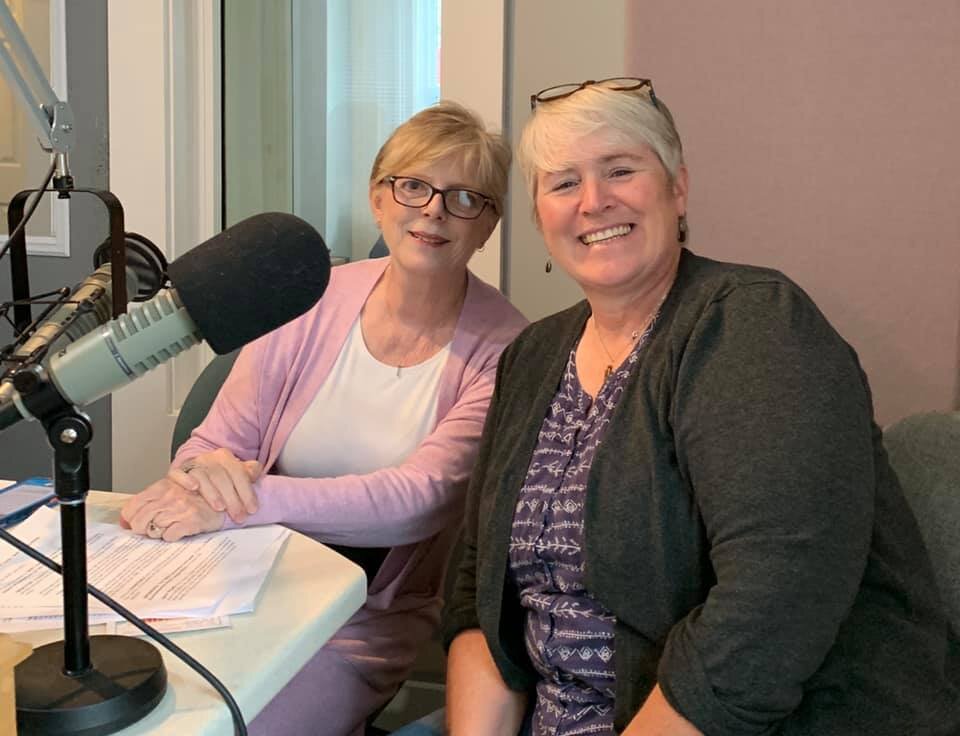“Photographers use their cameras as tools of exploration, passports to inner sanctums, instruments for change. Their images are proof that photography matters - now more than ever”
Visual Storytelling
A picture really is worth a thousand words.....
In a world with 7 billion people, we don't all speak the same language. But do we need to? An image can convey a powerful message without the use of a single word. A series of images can tell an entire story.
The evolution of digital technology has given us incredible tools with which to tell our stories - to create images with impact. Images that provide a window into places, cultures, and events half a world away. Things that we might never experience ourselves. But the photographer can see for us, can bring the world to us.
Photography is a tool with which to tell our stories. Some stories need to be told urgently. In a world facing unprecedented climate change, habitat destruction, and species extinction it's imperative that we tell these stories. It is only through education and understanding - the telling of these stories - that the changes necessary to halt these global crises, will happen.
A core component of our program here at BIOSPHERE Environmental Education is to teach students to use photography and videography to document their expedition, the environment and the human impacts on it and to create visual presentations with messages of positive environmental change. Our goal is to inspire students to become environmental ambassadors through their visual storytelling and to become the generation of positive environmental change.
For 125 years, National Geographic has been using photography to tell us about the world, including stories about human impacts on the earth's environments. The accessibility of digital cameras has now expanded the role of global storyteller. Using photography and videography to communicate environmental messages - Environmental Visual Communication (EVC) - is a rapidly growing field.
New organizations, like the International League of Conservation Photographers (iLCP) focus on using photography and videography for environmental and cultural conservation. And Sandford Flemming College in Canada has created a new program in Environmental Visual Communication, training students who are passionate about conservation and environmental issues, to use the tools of visual communication to engage the public and foster positive environmental change.
photo copyright Shelley L. Ball










